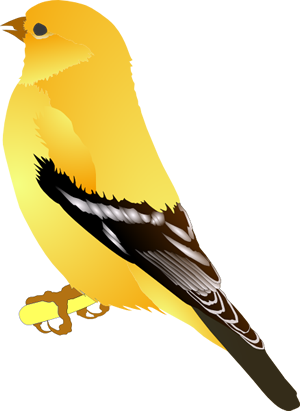
Evolution Review Guide with Questions
Video: "Your Inner Fish" - Concepts from the Video
- tetrapod
- homologous structures (limbs)
- Sonic Hedgehog
- Tiktaalik
- Gill slits
Chapter 18 - Evolution and the Origin of Species
1. Review your notes or the presentation slides
2. Describe Darwin's journey and observations; biogeography
3. Explain the significance of the Galapagos finches and common descent
4. Describe the process of natural selection (see VIDA chart) and be able to apply it to several examples.
5. Review taxonomy and the naming of species (binomial nomenclature)
6. Be able to interpret a cladogram or a phylogenetic tree
7. Define evolution - be specific
8. Relate the terms of fitness, selection strength, and polymorphisms
9. Compare divergent evolution to convergent evolution and provide examples.
10. Provide evidence of evolution (fossils, anatomy, embryology, biogeography, molecular biology)
11. Be prepared to discuss and debunk common myths of evolution.
12. Define speciation and describe how it occurs. (sympatric vs. allopatric; adaptive radiation)
13. Describe the four types of pre-zygotic isolating mechanisms (examples)
14. Describe post-zygotic isolating mechanisms (examples)
15. Provide examples of hybrids; discuss why hybrids provide clues about our evolutionary past and the future of current species.
16. Explain how allele frequencies can be used to measure evolution and be able to apply the Hardy Weinberg equation to a population study. (You do not need to memorize this equation.)
17. List (describe) the five critera that can result in changes to allele frequencies:
- mutation
- gene flow
- sexual reproduction
- genetic drift
- bottleneck effect
- founder effect
- natural selection
18. Describe the three types of selection and be able to identify them on a graph (directional, stabilizing, disruptive).
19. Analyze a phylogenetic tree and a cladogram.
20. Describe how databases such as uniprot and NCBI can use gene and protein sequences to establish lineages and relationships.


